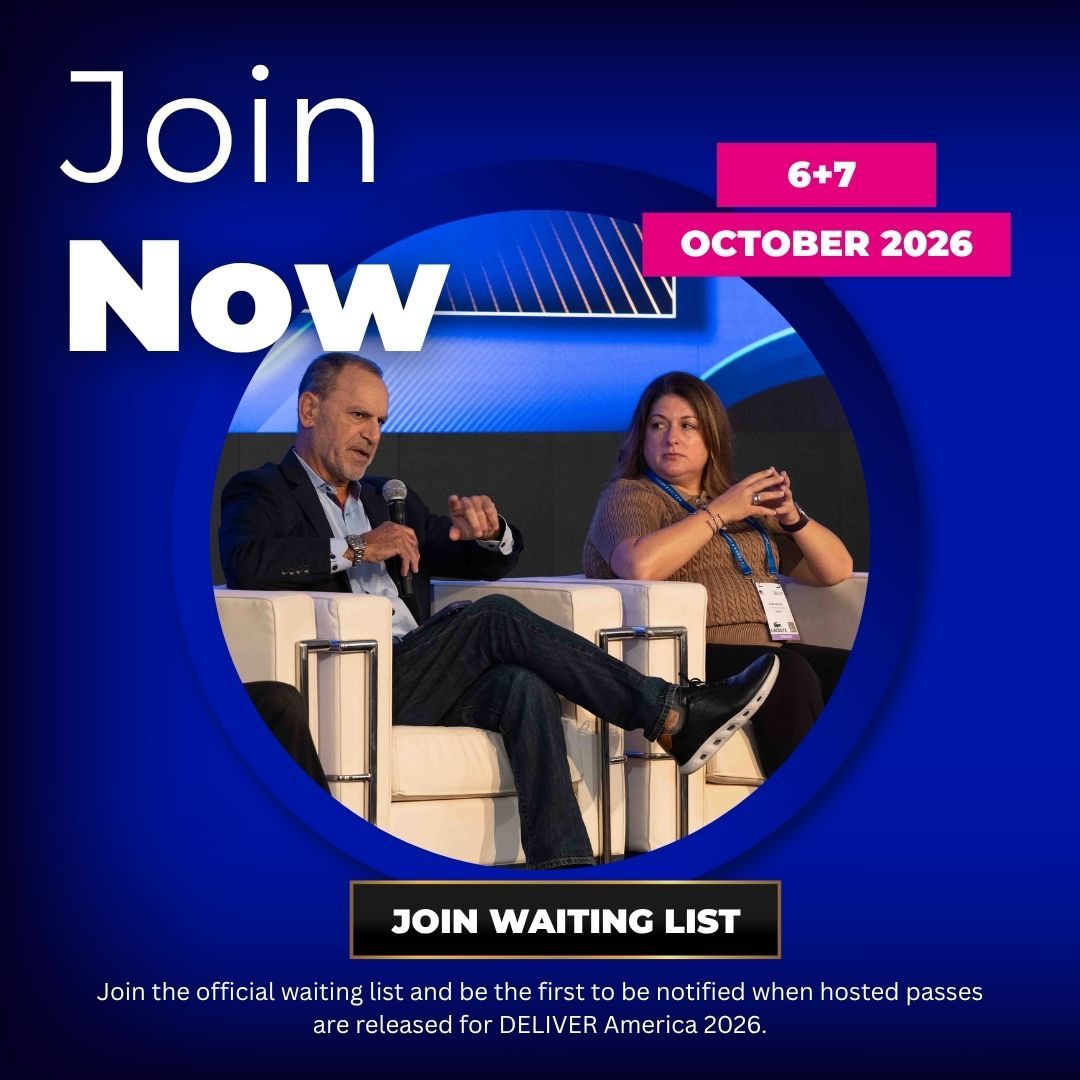Building Delivery Networks That Work: Walmart’s Last Mile Expansion Playbook
At Walmart, “last mile” means more than delivery — it’s about meeting customers wherever they are.
With 4,700 stores and 600 Sam’s Club locations, 90% of the U.S. population lives within 10 miles of a Walmart. Each of those stores now doubles as a local fulfillment hub, forming a dense, hyperlocal delivery network.
“We use our store footprint as our greatest logistics advantage,” explains Sai Teja Yerapothina.
“Every location becomes a fulfillment center — getting customers what they want, when and where they want it.”
That flexibility comes with complexity: scaling speed and maintaining cost efficiency across such a massive network.
Speed, Cost, and Complexity
As customer expectations for speed grow, Walmart’s challenge has been to stay fast and cost-effective.
To meet demand, Walmart deploys a mix of delivery models:
-
In-house vans for in-home grocery delivery
-
Spark — Walmart’s gig driver platform
-
Third-party DSP (Delivery Service Provider) partners
-
And now, drone delivery, with over 300,000 deliveries made to date
But as Sai notes, that complexity requires strong orchestration:
“Different regions need different transportation modes. A dense city route isn’t the same as a rural one. That’s why partnerships are critical.”
The Nash Partnership: Simplifying the Chaos
Enter Nash, a last mile operating system that connects retailers with a network of delivery providers through a single integration.
“Walmart integrates once with Nash,” says Charles Folsom, “and we handle the rest — connecting them to thousands of national, regional, and local carriers in real time.”
Within just five weeks, Walmart onboarded Nash across all 5,000 store locations, right before peak season — gaining instant scalability and flexibility without heavy engineering overhead.
A Platform for Experimentation
What sets this partnership apart is the speed of learning.
With Nash’s orchestration layer, Walmart can now:
-
Launch new delivery propositions in days, not months
-
Test configurations by region or store
-
Access unified, real-time data across all carrier types
That agility lets Walmart continuously refine its network — experimenting with new delivery windows, expanding pharmacy and grocery fulfillment, and optimizing oversized orders — all without code-level changes.
“We can launch tests, gather real-world feedback, and adjust immediately,” says Sai.
“That’s how you stay ahead in a fast-moving market.”
From Experiment to Execution
This fast-track approach paid off. In 2025, Walmart scaled to 1,000+ daily delivery routes, each handling about 100 stops — that’s 100,000 deliveries per day.
The impact wasn’t just on customers.
Vendors on the Nash network reported saving over two hours per route daily, proving the benefits extend across the ecosystem.
“It’s a network effect,” says Folsom. “When Walmart gets faster, everyone in the chain wins.”
Shared Data, Shared Success
Transparency and shared metrics underpin the partnership’s success.
“If you don’t have a shared vision, you’re not marching toward the same goal,” Sai advises.
By aligning SLAs, KPIs, and data visibility across partners, Walmart ensures that every player — from drivers to developers — is measured by the same outcomes: speed, cost, and reliability.
Lessons for Every Retailer
Folsom’s takeaway: agility beats scale.
“Winning today isn’t about size — it’s about adaptability. The fastest to learn wins.”
Whether you’re a global retailer or a startup, the Walmart–Nash model shows that:
-
Experimentation beats perfection. Test fast, iterate faster.
-
Partnerships drive flexibility. Don’t build everything in-house.
-
Real-time data shortens learning cycles.
-
Agility is the ultimate competitive edge.
Planning for Peak and Beyond
As peak season arrives, both leaders emphasize preparation and reflection:
“Learn from last year’s mistakes, identify risks early, and course-correct quickly,” Sai advises.
“The time for experimentation is when it’s calm — not when it’s busy,” adds Folsom.
Their shared philosophy is clear: stay nimble, stay curious, and always build for what’s next.


